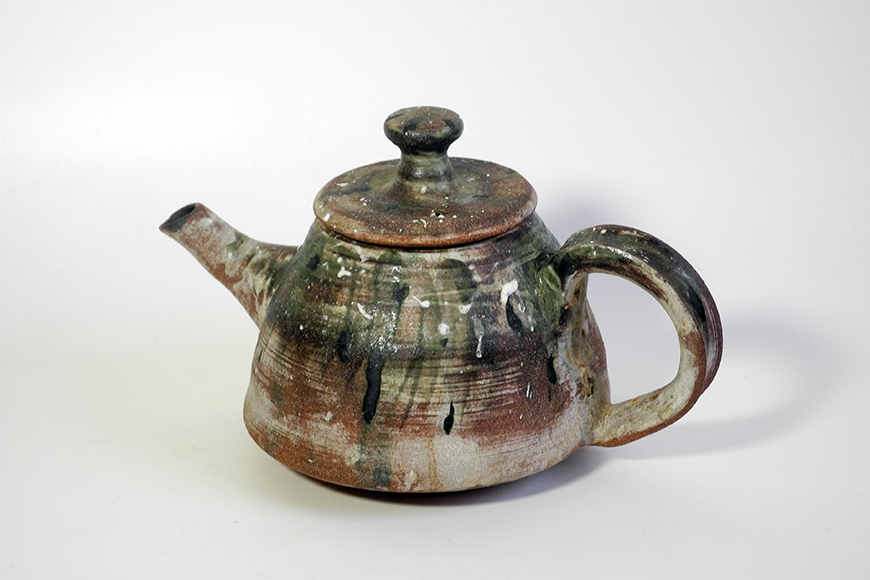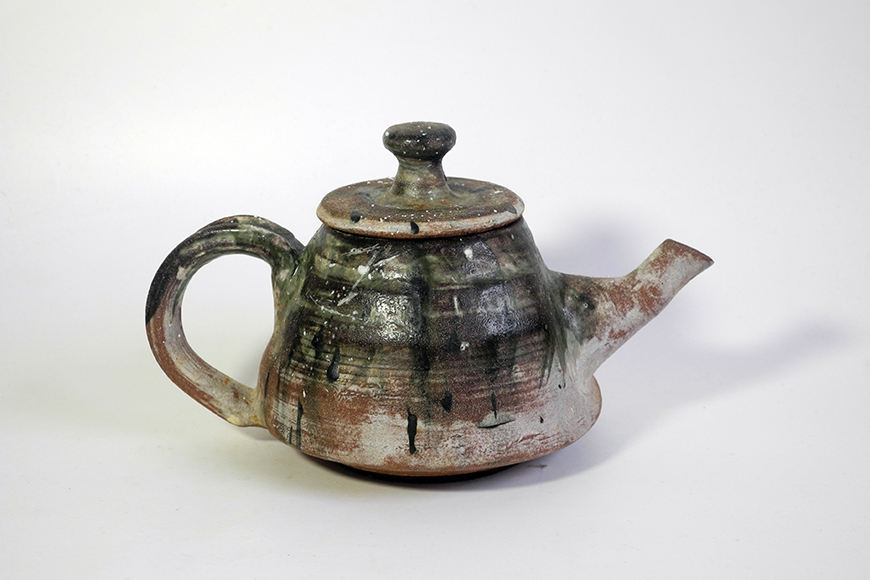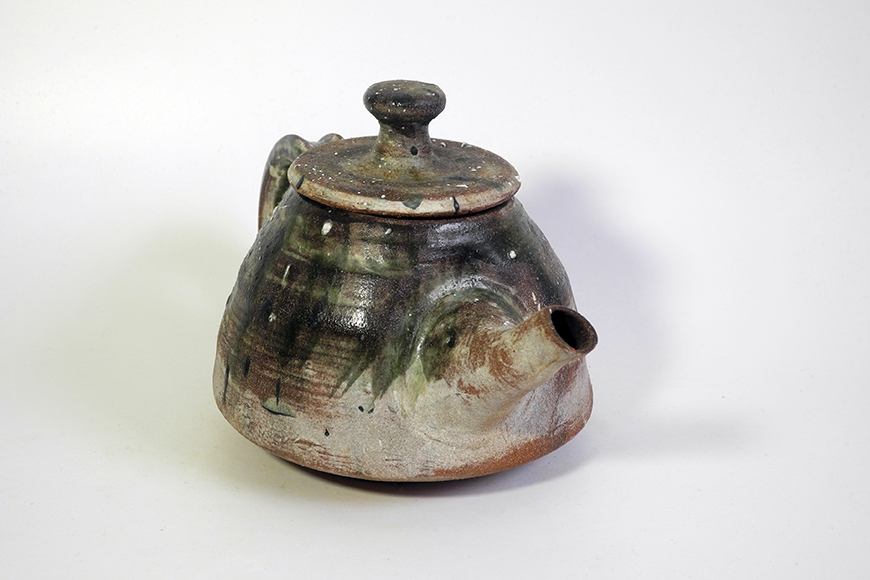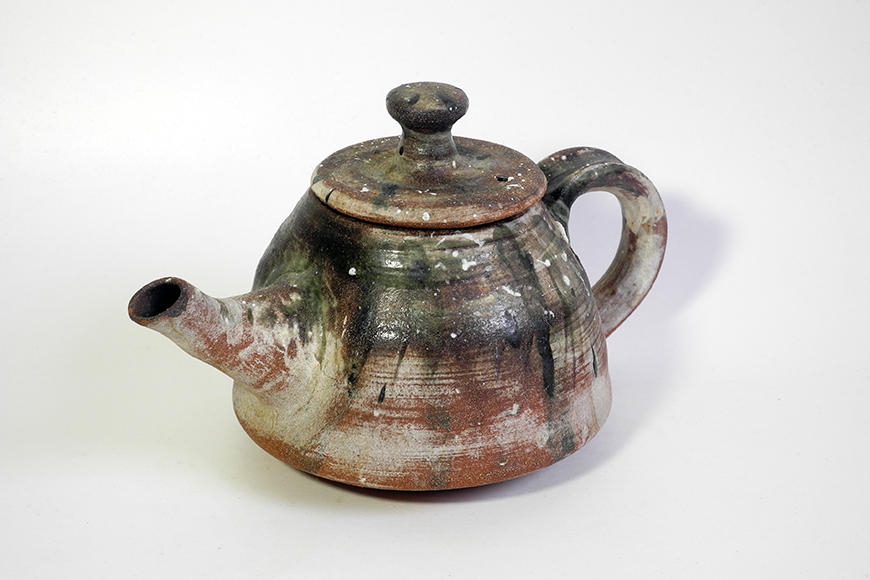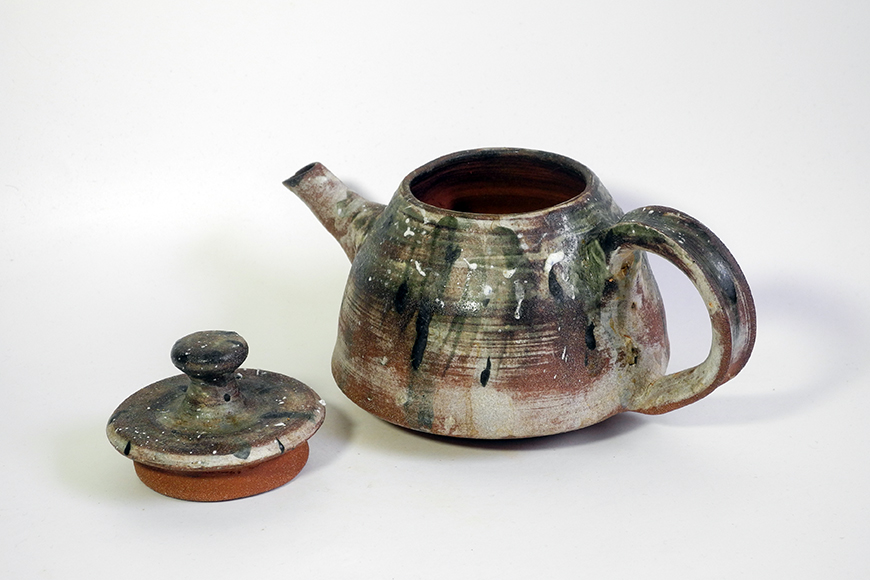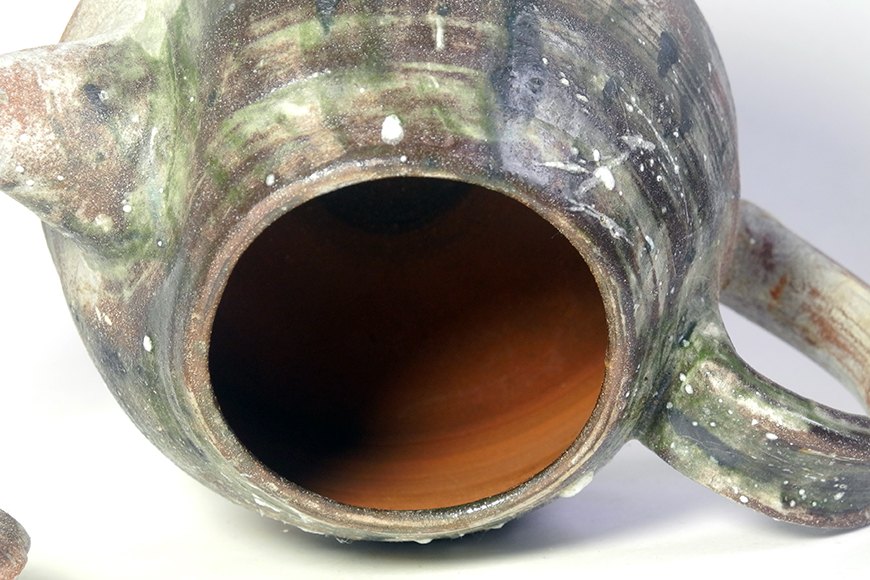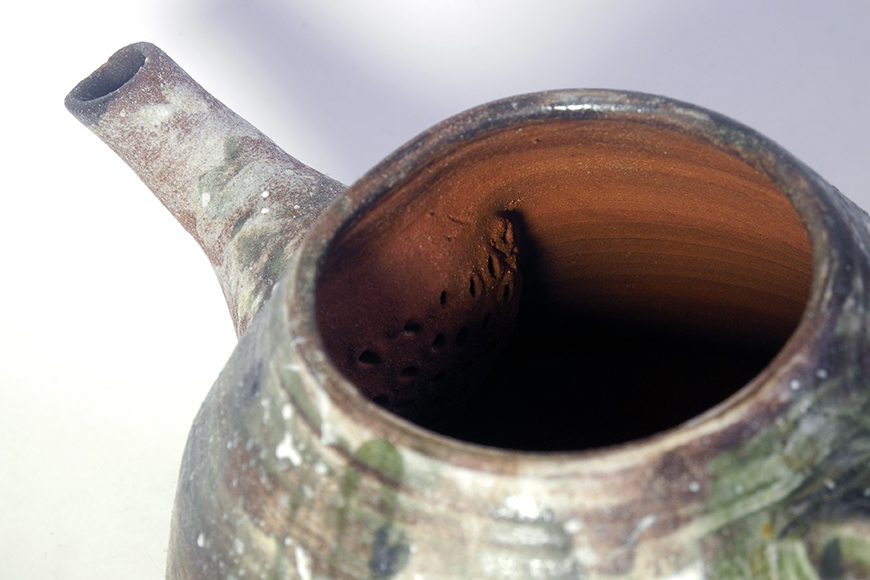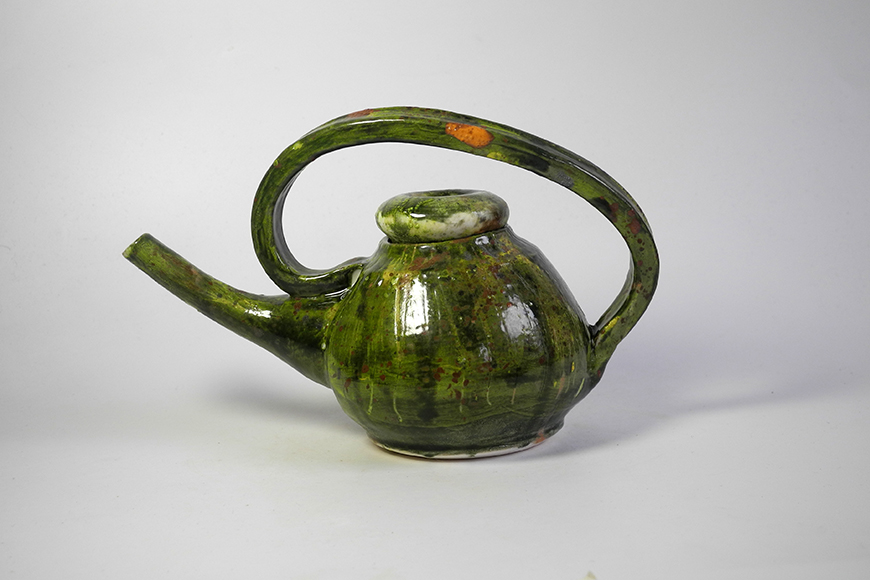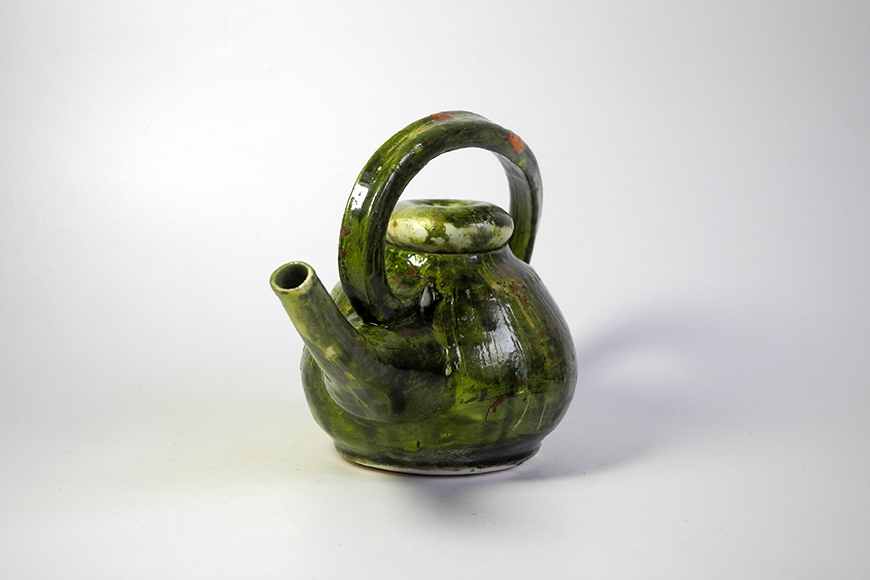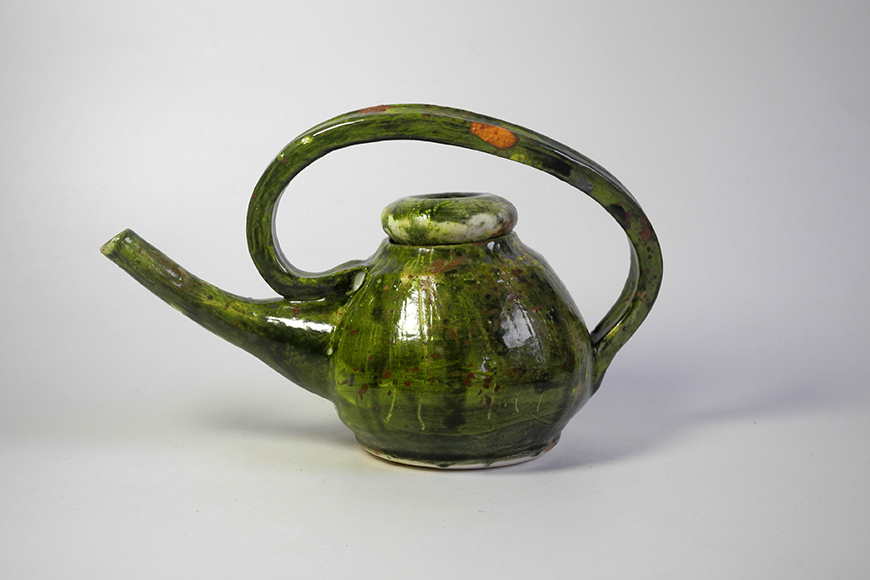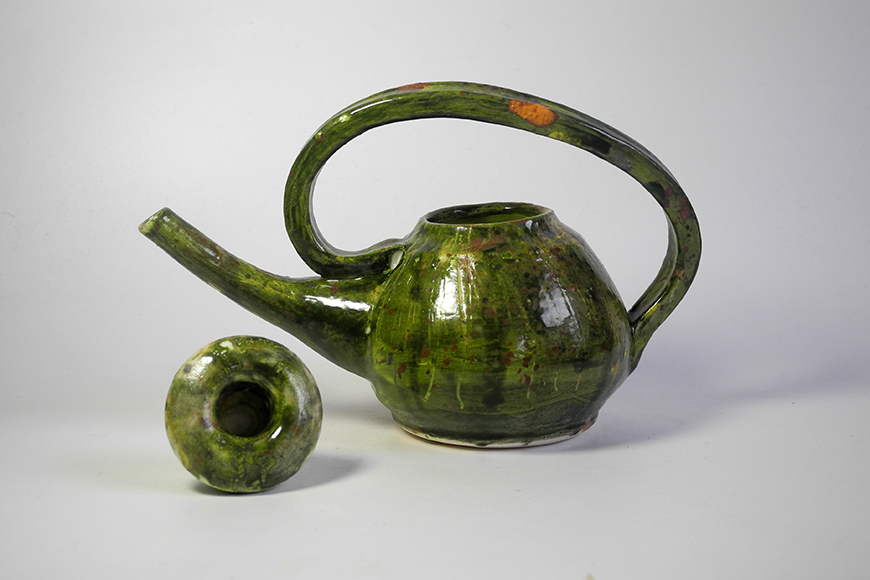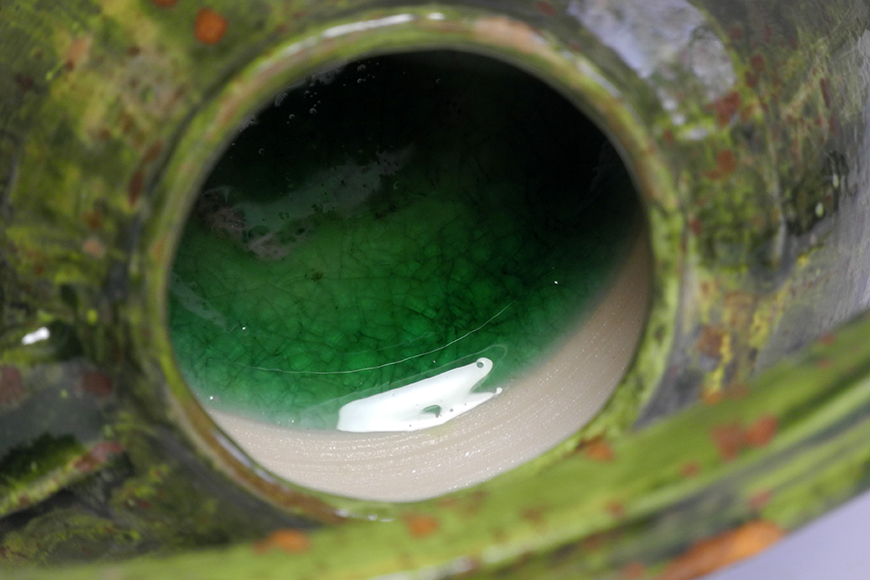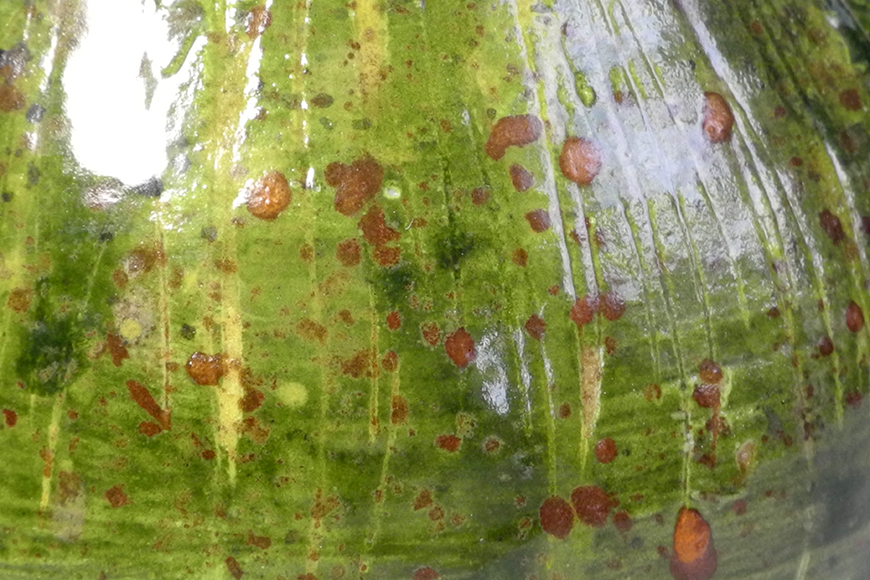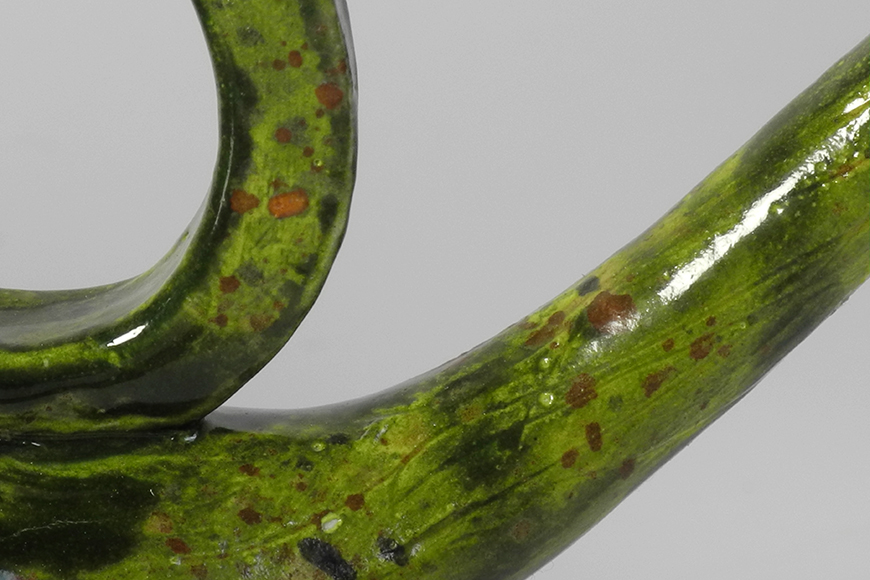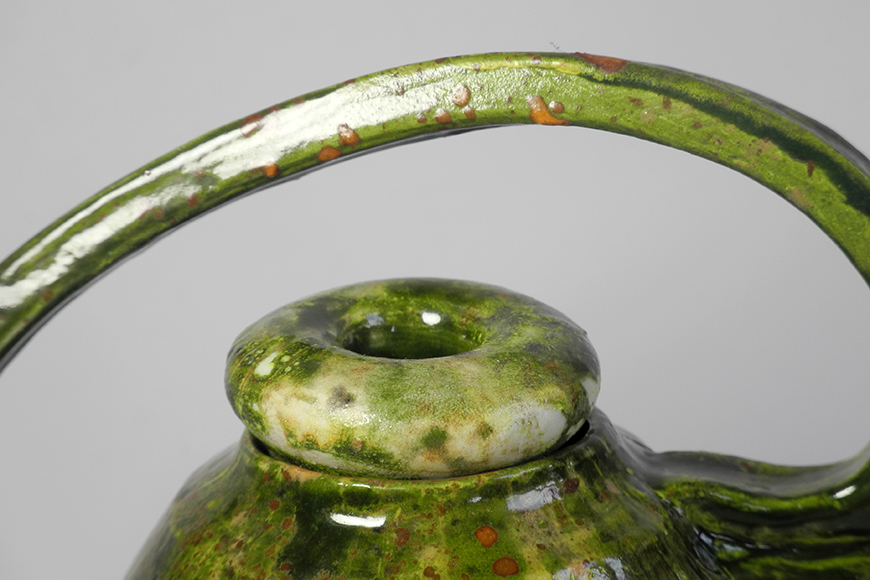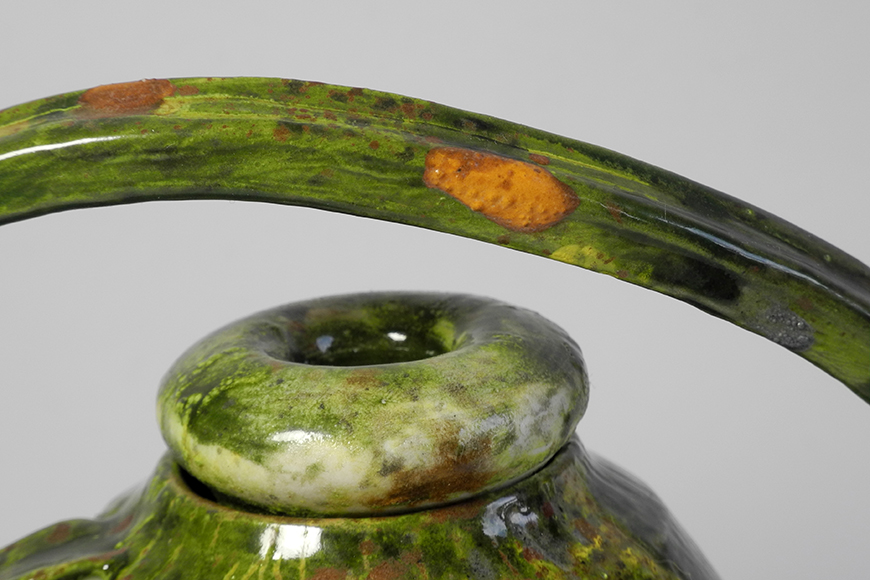“A teapot is a vessel used for steeping tea leaves or a herbal mix in boiling or near-boiling water, and for serving the resulting infusion which is called tea.”
[Wikipedia, “teapot”]
Since summer 2018, after working for six years with photographic projects, I started to make again ceramic objects, which are based on small items found in nature. This work is dealing with the here and now and involves being aware through one’s senses of surface, shape, weight, temperature, and smell or become aware of one’s sense through their surface, shape, weight, temperature.
On the side, for my personal household, I have also been making here and there some functional ware, such as in particular spoons and tea pots. These were not made by the same rigid standard I applied to the objects, just to test a decoration technique or to quickly have a pot at hand without censoring it, because they are only made to use for myself and not to sell, and nobody who doesn’t come to my house would see them.
This also opens up a thought about, what we do not publish (on social media), is is part of our (virtual) experience, that is shared with an uncounted, partially anonymous public, versus what is taking place in our own private life, known only to our personal awareness as an individual or within the closest group of our family or peers?
Since spring 2020 the Coronavirus has brought much change to the whole world. People are no longer allowed to directly interact or socialize, and many people start to suffer from boredom and isolation. (In that sense as an artist one has, for once, an advantage and is well trained working in such an environment.)
I started to think about social interaction, for instance preparing a cup of tea from scratch and serving it, both to another person as well as for oneself. Since the preparation of tea from scratch is based on a sequence of actions that involve awaiting specific physical stages to happen after certain periods of time (such as water boiling, tea steeping, tea cooling down a little to be ready to drink) and there are various sounds and smells involved, the preparation of tea is a form of miniature ritual, obvious and comforting even for people who are not interested in esoteric or spirituality of any sort.
We interact with the objects we touch to make the tea. I realized the irony, whilst creating objects based on nature, thinking very hard about what is good and what not, and tossing many out that did not work by those self-set standards, I was drinking tea next to my work place from a small crooked pot, that I did I had not made to sell and would not show, because it didn’t meet my criteria, but that I loved interacting with; it’s shape, colour, feel to the hand, and the sound it makes when pouring tea is very uplifting.
Once again I realized, the common way of documenting art work through lens-based images does not include an option to communicate the feeling of handling an object.
How to communicate the of a pot that is visually not perfect shown in photographs on a website to people, who will never be able to touch it, other than verbally describing it? And in comparison to the visually stunning pots, which pot is a perfect tea pot?
Josiane Keller “imperfect tea pot #1” red stone ware, underglae, glaze; scale: 7 1/4″ x 4 1/2″ x 4 1/2″ (2018)
imperfect tea pot #1
imperfect tea pot #1
imperfect tea pot #1
imperfect tea pot #1
imperfect tea pot #1
imperfect tea pot #1
Josiane Keller “imperfect tea pot #2″, porcelain, underglaze, glaze, glass; scale: 7″ x 3 1/4″ x 4 1/2″ (2020)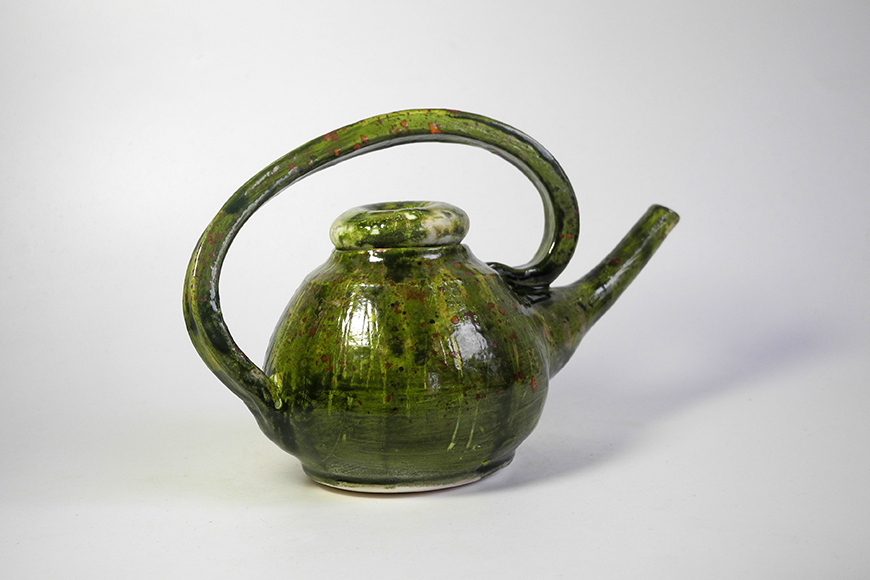
imperfect tea pot #2
imperfect tea pot #2
imperfect tea pot #2
imperfect tea pot #2
imperfect tea pot #2
imperfect tea pot #2
imperfect tea pot #2
imperfect tea pot #2
imperfect tea pot #2
